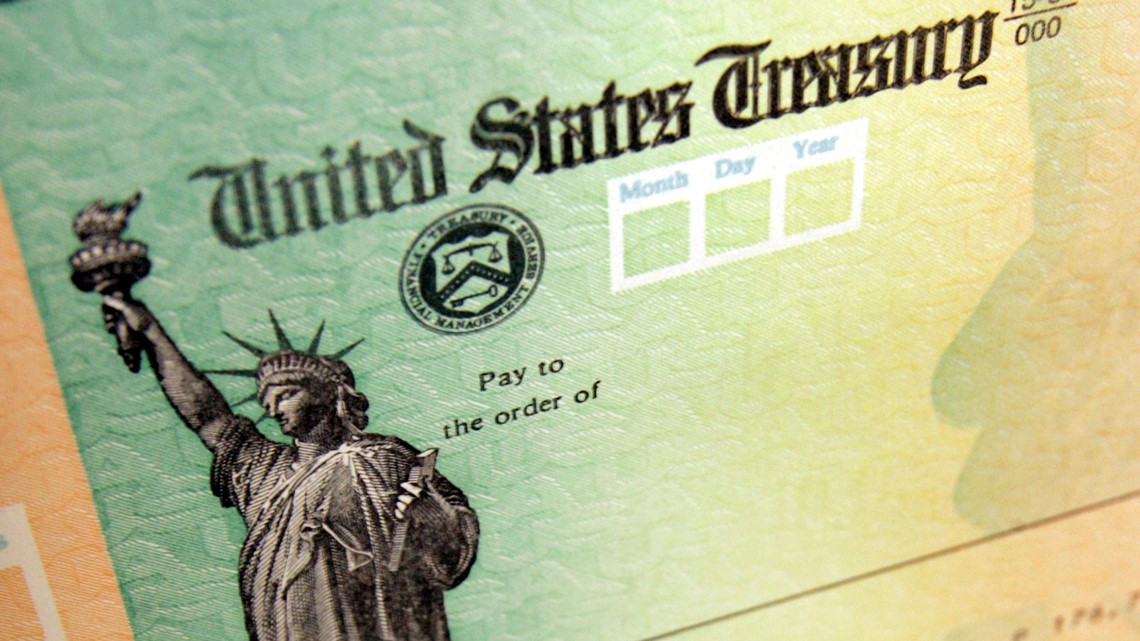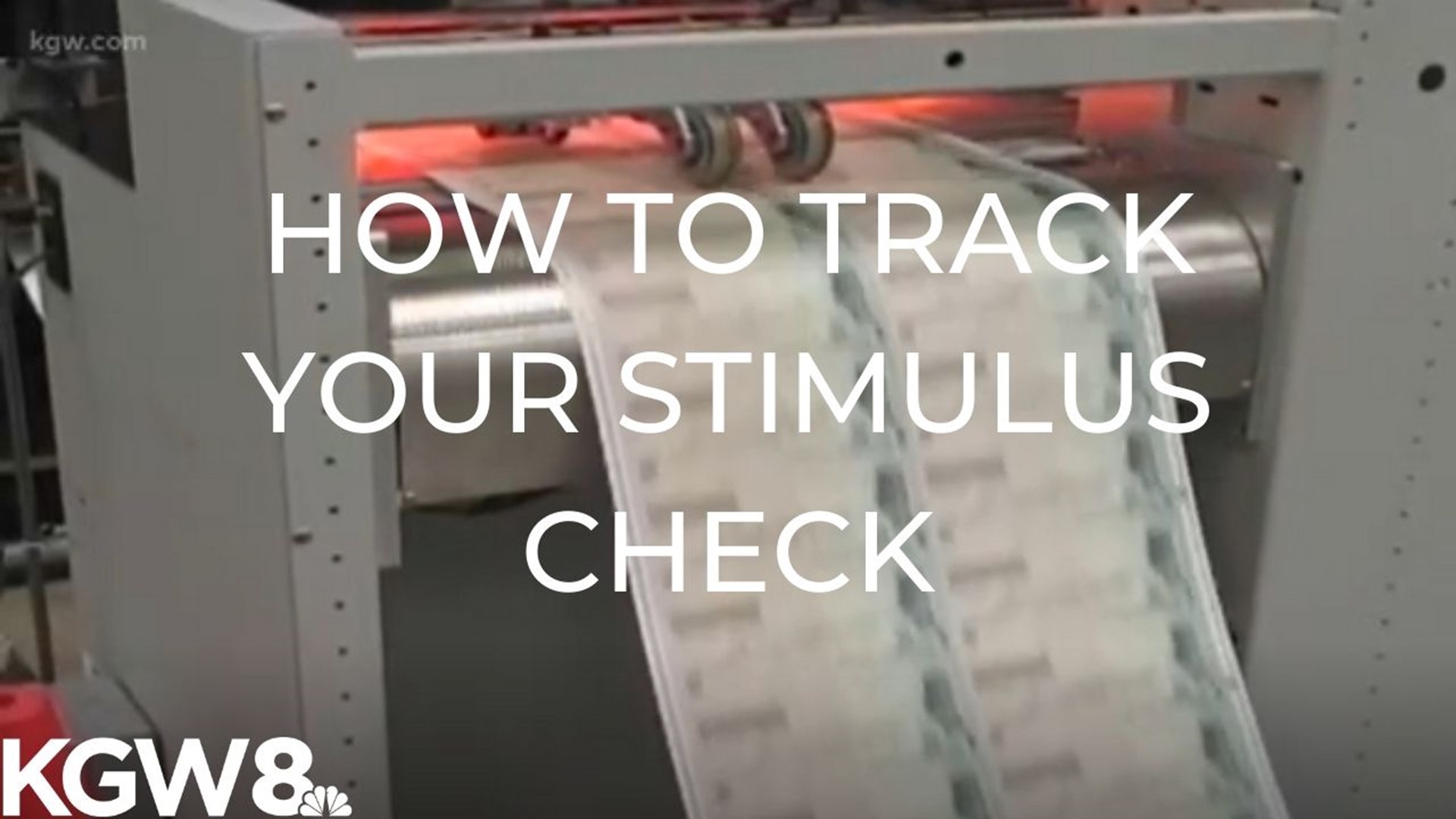The IRS has launched a website that will allow Americans to track the status of the economic stimulus payment Congress approved as relief during the coronavirus pandemic.
More than 80 million Americans should expect to have received their stimulus payments in their bank accounts Wednesday, according to the Treasury Department. A "large majority" of eligible Americans can expect the payment within the next two weeks, the department said.
The IRS activated a https://www.irs.gov/coronavirus/get-my-payment Wednesday that allows taxpayers to check on the status of their payment, confirm how they want to be paid (direct deposit or check) and to enter their bank account information for direct deposit purposes.
For those who do not file taxes for various reasons, there is also a non-filers web portal to provide information to receive their payment.
However, some people using the tracker have received an error message.
On websites like Reddit and Twitter, many users are posting the message, wondering what has gone wrong, and commiserating with others still waiting on their stimulus payment.
RELATED: Getting 'Payment Status Not Available' from the new IRS stimulus check tracker? You're not alone
The government began issuing the one-time payments this week. Most adults who earned up to $75,000 will see a $1,200 payout, while married couples who made up to $150,000 can expect to get $2,400. Parents will get payments of $500 per child. The checks will be directly deposited into bank accounts or mailed to households, depending on how you’ve filed your tax returns in the past.
The federal government uses information from 2018 or 2019 tax returns -- whichever was filed most recently -- to determine eligibility for the payouts. Those payments begin to get smaller for adults making more than $75,000 and phase out entirely for those earning more than $99,000. For married couples, the payments get smaller for those earning more than $150,000, falling to zero at $198,000. For heads of household with one child, the benefit starts to decline at $112,500 and falls to zero at $136,500.



